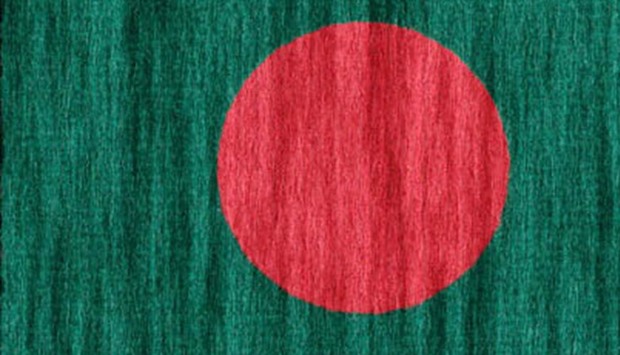Protesters opposing the construction of a Chinese-backed, coal-fired power plant in Bangladesh agreed yesterday to halt their activities for 15 days, defusing tensions after four demonstrators were killed last week.
Villagers for and against the $2.4bn power plant in the coastal district of Chittagong clashed last week before riot police fired their weapons after coming under attack. Four protesters died in the violence.
S Alam Group, a Bangladeshi conglomerate which signed a deal on April 4 with China’s SEPCOIII Electric Power Construction Corp to build the 1,320 megawatt plant, suspended work because of safety concerns, a company official said last week.
Liakot Ali, the leader of the demonstrators, said they had made a number of demands to the authorities. He said a leader of Bangladesh’s ruling Awami League had asked for two weeks to settle the issues.
“We have demanded the release of all 17 people who have been arrested, the withdrawal of cases against villagers who demonstrated against this plant ... and the treatment of those injured during the
demonstration,” he said.
Abdullah Kabir Liton, a senior Awami League official in Chittagong district, said he had met with local people to try to convince them to stop their movement.
“We need a few days to breathe,” Liton said.
The plant, located 265km (165 miles) southeast of the capital Dhaka, is a major source of foreign investment into Bangladesh, and one of a series of plans Beijing is pushing to cultivate
closer ties with Dhaka.
The protesters say villagers around the plant will lose their homes, it will disturb the graveyards of relatives and cause
environmental damage.
“They started works without the approval from the ministry of environment,” Liakot said.
Tawfiq-e-Elahi Chowdhury, an adviser to the prime minister responsible for power and energy said the project would use modern technology and would not harmful for environment.
Eyewitness Abu Ahmed, who was shot in the leg, told coal protest group Phulbari solidarity group that the villagers had been holding peaceful protests for several days after S Alam started buying up land.
“The government did not pay attention to the villagers’ protests and the district administration remained silent for months. This led the villagers to stage a mass-protest which turned into the worst tragedy in the history of coal killings,” said Ahmed.
“This is the largest loss of life at an anti-coal protest in Bangladesh since 2006. It is the worst overall loss of life in anti-coal protests worldwide since the killings of six people in Jharkhand, India, at two protests in April 2011,” said Ted Nace, editor of Coal Swarm, an open-source encyclopaedia on coal sponsored by the Center for Media and Democracy.
The clashes near Chittagong follow major demonstrations last month against the building of a large coal-fired power station at Rampal, on the edge of the Sundarbans, the world’s largest mangrove forest.
Government plans to increase power supplies have been thwarted by powerful grassroot groups objecting to the loss of farmland and communities.
Plans by a UK coal company to develop one of the biggest coal mines in the world, at Phulbari in the north of the country, have been delayed for eight years following the death of three protesters and 200 injuries at a rally in 2008. The mine would involve the eviction of more than 50 villages.
According to the ministry of power, only around 60% of people in Bangladesh have access to electricity and demand is growing 7% a year. Two-thirds of its electricity is generated by gas and the country imports around 3.5m tonnes of oil and 2m tonnes of diesel a year.
In May 2011, the government said it had plans generate more than 10,000MW of electricity from coal-based power plants by 2021 and 20,000MW by 2030. Nearly half the electricity would be be generated using imported coal.

BANGLADESH


